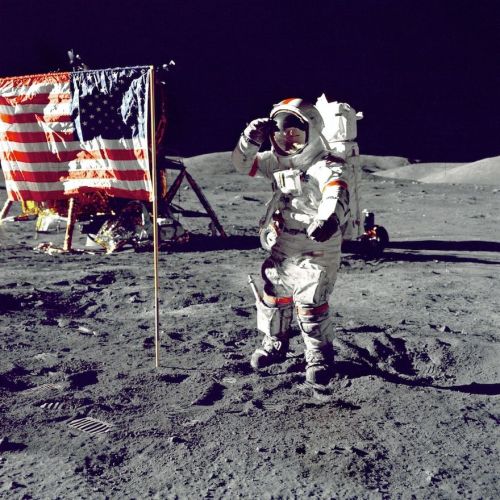We call it the silver globe. It has stimulated human imagination for centuries and was ubiquitous in folk stories and legends. It was only in the second half of the last century that man managed to set foot on it. It was one of the greatest civilizational achievements of humanity. Currently, the Moon is the subject of intensive research conducted by various space agencies. It is planned that humans will return to its surface and establish a permanent base there in the 2020s.
In size, it is second only to Ganymede, Titan, Callisto, and Io.
The moment of maximum approach to the Earth is called perigee and the moment of greatest distance is called apogee.
It is therefore the second densest moon in the Solar System, second only to the moon Io.
The solid core has a diameter of 240 km and the semi-liquid core has a diameter of about 330 km.
It is not dipolar, so it is assumed that its source is not the nucleus but the crust.
It is longer than the sidereal month because in the process of illuminating the moon's disk, we must take into account the movement of the Moon itself, as well as the Earth and the Sun.
This is because our natural satellite is in synchronous rotation with the Earth. A long time ago, the moon rotated faster, so you could admire its entire surface from the surface of our planet, but due to tidal movements, its rotational speed decreased and remains at its current level.
Such deviations are called librations and thanks to them it is possible to observe as much as 59 percent of the surface of the silver globe from Earth.
Its entire atmosphere weighs only 10 tons.
The thickness of the regolith cover in sea areas ranges from 3 - 5 m and in the highlands 10 - 20 m.
The largest crater on its surface is the South Pole-Aitken Basin, it is 2500 km in diameter and 13 km deep.
The first successful landing on the Moon took place on July 20, 1969, at 21:17 CET. Shortly after landing on the silver globe, American astronaut Neil Armstrong transmitted a message to Earth: "Houston, Tranquility Base here. The Eagle has landed.”
Water is most likely to be present in these places.










